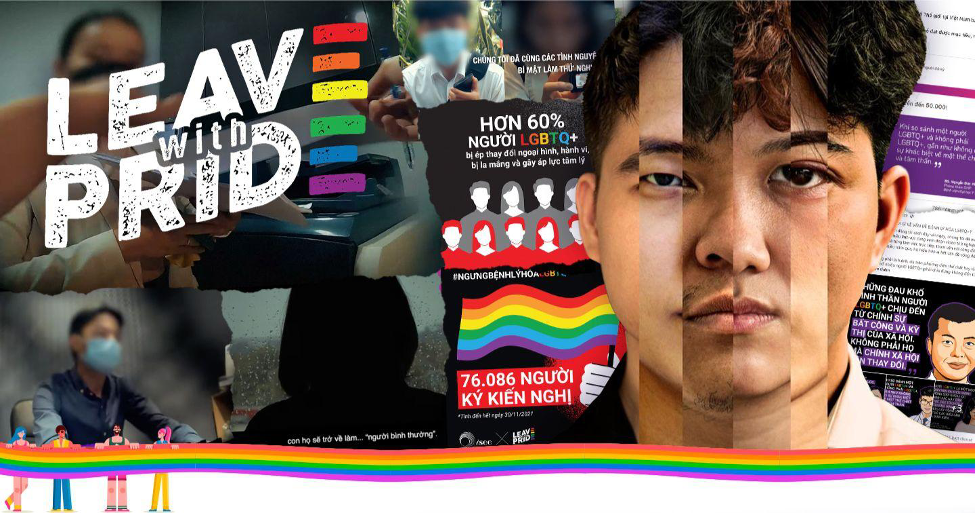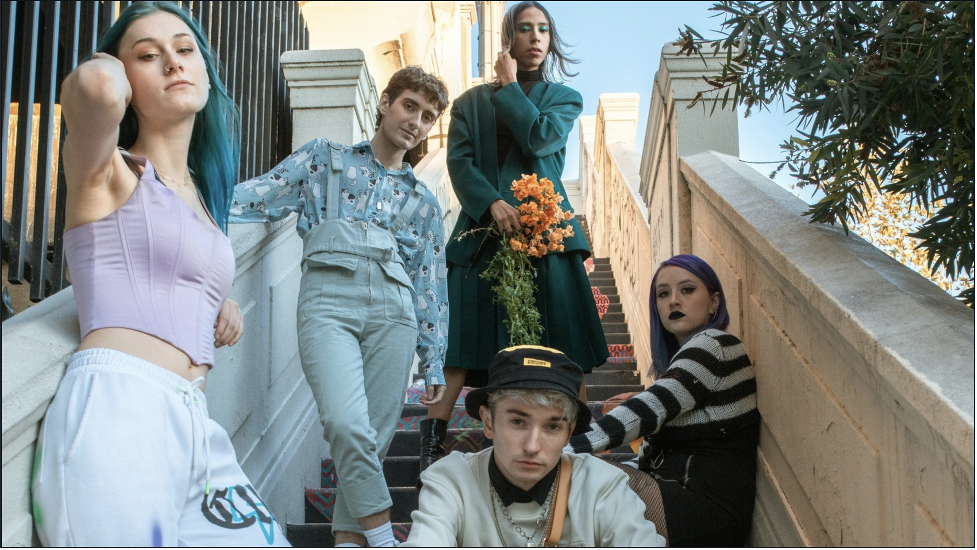When we talk about LGBTQ+ marketing campaigns, handling criticism effectively can make a difference. Despite progress towards equality, negative feedback can pose challenges, prompting brands to navigate these waters with resilience and purpose. This article explores practical strategies for addressing criticism while upholding values of diversity and inclusion.
Understanding the landscape of LGBTQ+ marketing
LGBTQ+ marketing is crucial for boosting visibility and fostering acceptance. With consumer expectations leaning towards authenticity and genuine representation, brands are increasingly incorporating LGBTQ+ inclusivity into their strategies. A report by Kantar highlights that 65% of LGBTQ+ consumers engage more with ads that truly reflect their community. Nonetheless, this push for inclusivity isn’t always embraced by everyone.

Source: Absolut
The Impact of Negative Feedback
Criticism of LGBTQ+ inclusion in marketing frequently arises from entrenched misunderstandings, deep-seated prejudices, and unfounded fears. These criticisms often manifest in the form of myths and misconceptions about the LGBTQ+ community, which can perpetuate opposition and resistance to inclusive marketing efforts.
One common myth is the belief that LGBTQ+ representation is unnecessary or forced, suggesting that brands are pandering or virtue-signaling by including LGBTQ+ individuals in their campaigns. This misconception ignores the genuine need for representation and the positive impact it has on LGBTQ+ individuals who often feel marginalized or invisible in mainstream media.
Another prevalent misconception is that LGBTQ+ campaigns are inherently divisive, promoting a perception that inclusion leads to societal division rather than unity. In reality, inclusive marketing fosters empathy and understanding by celebrating diversity and promoting equality. It helps break down stereotypes and builds bridges between different communities.
Addressing these misunderstandings requires proactive education and communication. Brands can combat myths by sharing authentic stories and data that demonstrate the importance and impact of LGBTQ+ inclusivity. Highlighting positive outcomes, such as increased brand loyalty and broader community support, helps debunk misconceptions and validates the authenticity of inclusive marketing efforts.
Moreover, engaging in respectful dialogue with critics and stakeholders can further clarify intentions and address concerns. By listening attentively, brands can identify underlying fears or biases and respond with empathy and transparency. This approach not only helps mitigate negative feedback but also strengthens relationships with diverse audiences, fostering a more inclusive brand image and a deeper connection with consumers.
Debunking Myths and Prejudices

Source: Advertising Vietnam. “Leave with Pride” campaign: A “sick” leave that fights against people’s absurd beliefs about the LGBTQ+ community.
In the realm of LGBTQ+ marketing and advocacy, confronting myths and misconceptions is essential to fostering understanding and acceptance. Just as campaigns like “Leave with Pride” challenge absurd beliefs through creative messaging, debunking myths about the LGBTQ+ community helps dismantle barriers and promote inclusivity. By addressing these misconceptions with facts and empathy, brands and organizations can play a pivotal role in shaping a more equitable and compassionate society.
Myth: LGBTQ+ campaigns are divisive.
Reality: Inclusivity promotes unity by celebrating diversity and fostering empathy. GLAAD research shows that 80% of Americans support equal rights for LGBTQ+ individuals, demonstrating broad backing for inclusive efforts.
Myth: LGBTQ+ representation is only relevant during Pride Month.
Reality: LGBTQ+ representation should be year-round to reflect the diverse identities and experiences within the community. Maintaining visibility beyond Pride Month helps create a lasting impact and supports ongoing advocacy efforts.
Myth: LGBTQ+ inclusion in marketing is a niche strategy that alienates mainstream audiences.
Reality: Inclusive marketing enhances brand appeal across demographics. Research by McKinsey & Company indicates that companies in the top quartile for ethnic and cultural diversity are 36% more likely to achieve above-average profitability. Similarly, LGBTQ+ inclusive strategies can broaden appeal and increase consumer loyalty.
Myth: LGBTQ+ campaigns are solely about sexual orientation and gender identity.
Reality: LGBTQ+ campaigns encompass a wide range of intersecting identities and issues, including race, disability, socioeconomic status, and more. Intersectional approaches not only reflect the complexity of LGBTQ+ experiences but also resonate with diverse audiences who value inclusive narratives.
Myth: LGBTQ+ representation in media and advertising is a recent phenomenon.
Reality: LGBTQ+ individuals have always existed and have been historically underrepresented in mainstream media. Efforts to increase visibility are part of a broader movement towards inclusivity and social progress, reflecting changing societal attitudes and values.
Myth: LGBTQ+ inclusive marketing is a form of “rainbow capitalism” focused solely on profit.
Reality: While some brands engage in performative allyship, genuine LGBTQ+ inclusive marketing goes beyond symbolism to support advocacy, education, and community empowerment. Authenticity and a commitment to social responsibility distinguish meaningful inclusive efforts from token gestures.
Strategies for responding to negative feedback in LGBTQ+ Campaigns

1. Listen and Understand
Engage respectfully with critics and seek to understand their concerns. Negative feedback often arises from genuine misunderstanding or fear of societal change. Actively listening helps identify underlying issues and address them constructively.
2. Educate and Inform
Counter myths with facts and personal stories. Share data demonstrating the positive impact of LGBTQ+ inclusivity, such as increased consumer engagement and brand loyalty. Use platforms to educate about the importance of representation and equality.
3. Maintain Authenticity and Consistency
Uphold authenticity in messaging and actions. Consistently prioritize LGBTQ+ inclusivity not only in marketing but also in company policies and practices. Consistency builds trust and demonstrates a genuine commitment to diversity.
4. Highlight Positive Outcomes
Showcase success stories and testimonials from LGBTQ+ community members who feel valued and represented. Demonstrate how inclusive campaigns contribute to social progress and forge meaningful connections with diverse audiences.
Encouraging Change: Aligning with Chipper Digital

For brands committed to LGBTQ+ inclusivity, collaborating with an agency like Chipper Digital can be game-changing. Expertise in community engagement and advocacy allows you to craft campaigns that authentically resonate with LGBTQ+ audiences. Navigating negative feedback in LGBTQ+ campaigns requires courage, empathy, and an unwavering commitment to inclusivity. By dispelling myths, engaging respectfully with critics, and showcasing the positive impact of LGBTQ+ representation, brands can turn challenges into opportunities for advancement. Embracing diversity isn’t just smart marketing—it’s a crucial step towards creating a more inclusive society where every individual feels acknowledged and valued.
In contemplating your next steps in LGBTQ+ marketing, heed the wisdom of Marc Benioff, CEO of Salesforce: “The secret to successful hiring is this: look for the people who want to change the world.” Collaborating with an LGBTQ+ marketing agency like Chipper Digital isn’t merely strategic—it’s a commitment to effecting meaningful change and championing diversity in every campaign and initiative.












